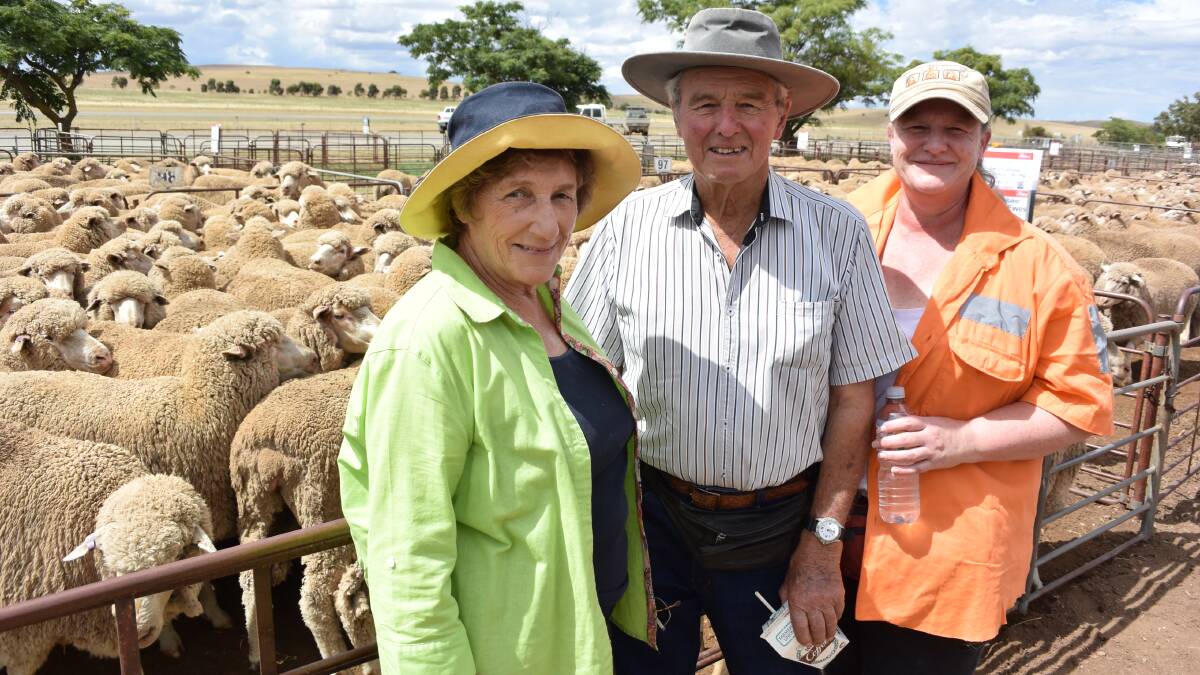
Prices across the board are continuing to feel the effect of the autumn flush of lambs delivering large volumes of lambs to market.
Subscribe now for unlimited access to all our agricultural news
across the nation
or signup to continue reading
Heavy lambs prices have fallen due to yardings rising by 40 per cent with the National Heavy Lamb Indicator (NHLI) sitting at 774 cents per kilogram carcase weight (cwt).
However, some premium prices for light lambs are being paid, especially in NSW due to the high supply of heavy lambs making light lambs by comparison less abundant.
At Guyra they paid 205c/kg cwt over the national average.
In NSW, a strong lift in weekly lamb yardings was recorded last week with numbers up 45pc on the previous week.
According to Thomas Elder Markets analysts, current saleayrd volumes are trekking 17pc ahead of the five-year average trend for this week in the season.
At Wagga Wagga last week they yarded 33,000 lambs and 8000 sheep with a big number of well finished extra heavy lambs on offer.
Wagga Wagga Nutrien Ag Solutions livestock manager Peter Cabot said producers were waiting for the market to get dearer, but it didn't happen, and now it's time to sell.
"It's now been about three weeks in a row that the lamb market hasn't got dearer," Mr Cabot said.
"Certainly in the Riverina they have all started their sowing, so people have to get rid of their lambs.
"Lambs are coming up 12-months of age. A lot of people around here lamb in the autumn so they are all starting lambing and they are all starting to sow paddocks.
"So once that starts to happen you get big numbers in the saleyards."
ALSO READ:
He said contributing to the large numbers was the Covid-19 disruptions where most abattoirs have been running at 60 to 70pc.
But he said that wasn't a huge concern for producers.
"It started to rain in November and it just kept raining," he said.
"Talking to some older farmers here in the Riverina and they said they've never seen the spring and autumn go through so green, but this year it has, so it hasn't actually worried them."
Mr Cabot said since December yardings have been small due to earlier Covid disruptions.
"Producers have been very conscious that meat works weren't operating at full capacity so everyone has just been happy to leave them - they've had green lucerne the whole way through" he said.
"Lambs that would have normally been sold in December, January and February, a lot of those have just been parked out in paddocks. But the rush is definitely on now."
Start the day with all the big news in agriculture! Sign up below to receive our daily Farmonline newsletter.


